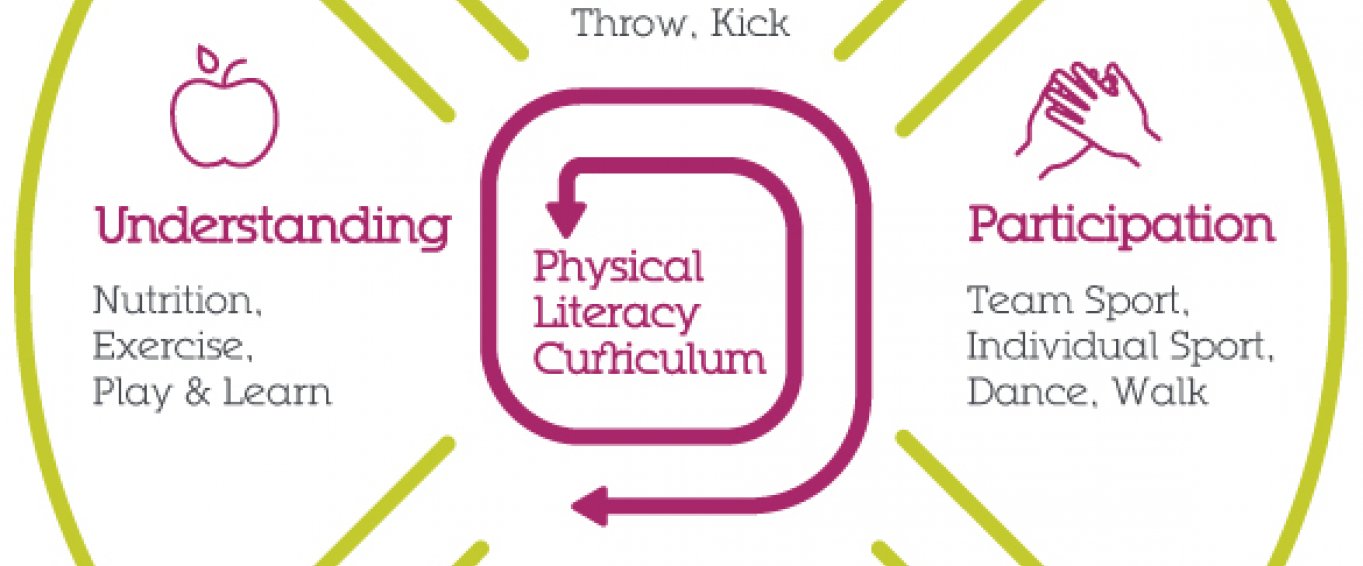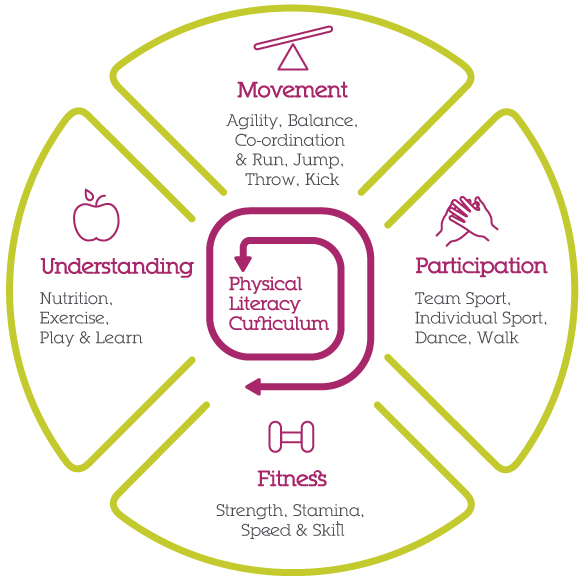Amaven helps to define physical literacy

The clock is ticking, the health and wellbeing of our nation is at crisis point. Physical literacy is as important as numeracy and literacy. It is vital that every child is engaged and has a variety of enjoyable opportunities that supports the development of their skills and confidence ensuring they continue along their physical literacy journey.
Each and everyone one of us has a part to play in helping a child discover what they can do, before they give up and turn into couch potatoes.
Physical Skills (Fitness + Movement)
When a child is learning to read they first learn words such as cat, sat, mat. Similarly as a child learns physical skills they learn skills such as how to run, jump, throw and balance.
Children then string words together into sentences and read them. In the same way, physical skills are linked together to create movement and perform activities such as riding a bike, swimming or performing the long jump.
Life Skills (Understanding + Participation)
These children will develop into adults who have the necessary skills to participate and enjoy sport and physical activity throughout life at whatever level they chose, whether recreationally or competitively.
We need to capture children's motivation while they are young; when they will try anything!
Lots of opportunities
Everybody; family, teachers, nursery workers, health professionals, coaches, sports governing bodies and young leaders all have a part to play in helping a child to become physically literate.
